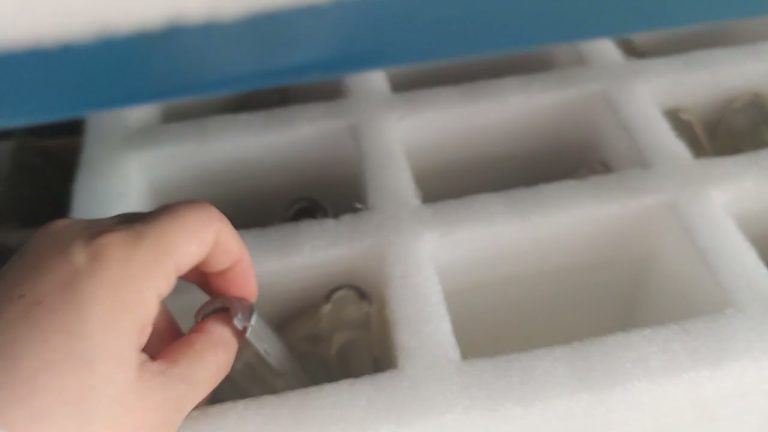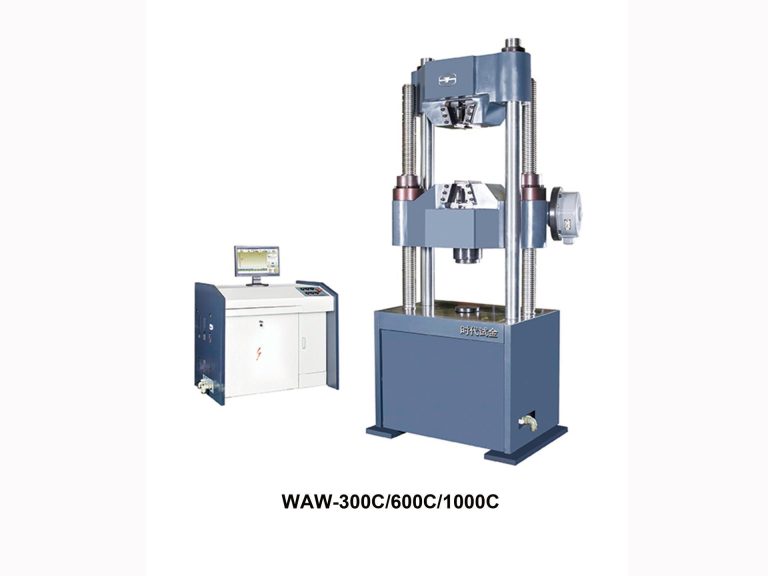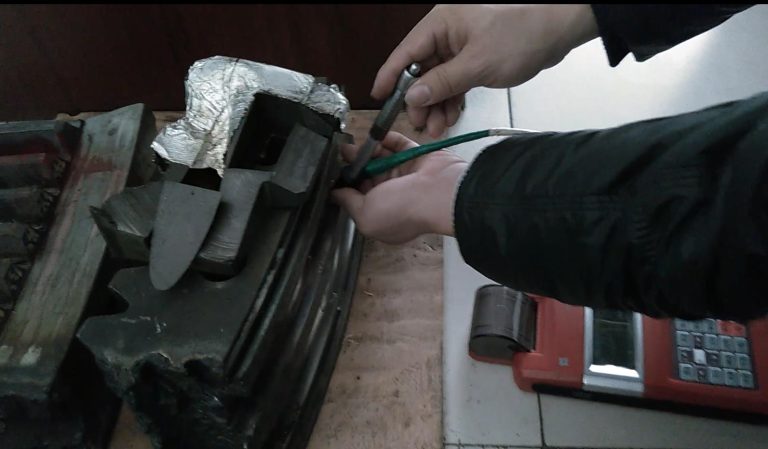Roughness meters are essential tools used to measure and evaluate the roughness of surfaces. These instruments provide valuable information about the quality and functionality of various materials, including metals, plastics, ceramics, and more. Interpreting the parameters provided by roughness meters is crucial for understanding the surface characteristics and ensuring compliance with specific standards. In this article, we will explore the interpretation of roughness meter parameters and their significance in different industries.

1. Ra (Arithmetic Average Roughness):
Ra is one of the most commonly used roughness parameters and represents the arithmetic average of the absolute values of surface irregularities within a sampling length. It quantifies the overall roughness of a surface and is expressed in micrometers (µm). Higher Ra values indicate a rougher surface, while lower values suggest a smoother surface. Manufacturers often specify Ra requirements to ensure the desired quality of their products.
2. Rz (Ten-Point Mean Roughness):
Rz measures the average difference between the highest peaks and the lowest valleys within a sampling length. It considers the extreme irregularities on the surface and provides a more comprehensive assessment of roughness. Rz values are also expressed in micrometers (µm), and similar to Ra, higher values indicate a rougher surface.
3. Rq (Root Mean Square Roughness):
Rq calculates the root mean square of the surface irregularities within a sampling length. It provides a measure of the overall deviation of the surface profile from the mean line. Rq values are expressed in micrometers (µm), and like Ra and Rz, higher values indicate a rougher surface.
4. Rt (Total Roughness):
Rt represents the maximum vertical distance between the highest peak and the lowest valley within a sampling length. It considers the extreme irregularities on the surface and provides a measure of the total roughness. Rt values are expressed in micrometers (µm), and higher values indicate a rougher surface.
5. RSm (Mean Spacing of Profile Irregularities):
RSm measures the average distance between adjacent peaks and valleys within a sampling length. It provides insights into the spacing and distribution of surface irregularities. RSm values are expressed in micrometers (µm), and lower values indicate closely spaced irregularities, resulting in a rougher surface.

Interpreting the parameters provided by roughness meters is vital for understanding the surface characteristics of various materials. The Ra, Rz, Rq, Rt, and RSm parameters offer valuable insights into the roughness of a surface, helping manufacturers ensure product quality and compliance with industry standards. By understanding these parameters, professionals can make informed decisions regarding surface treatments, material selection, and quality control processes. Using a roughness tester and interpreting the results accurately can greatly contribute to achieving desired surface qualities and improving overall product performance.







